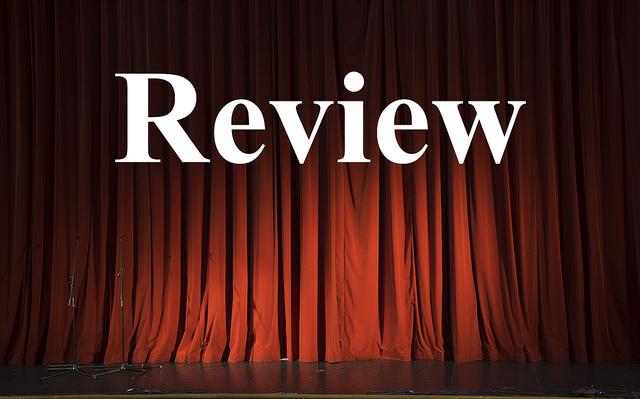“To Be Bold” is available to watch streamed online.
Written By: Sheryl Jensen, For the Duluth News Tribune | 11:43 am, Jan. 19, 2022
For the Duluth Superior Symphony Orchestra’s programming for the first concert of the new year, music director Dirk Meyer chose two bold and dramatic works of two of classical music’s legends: Pyotr Ilyich Tchaikovsky and Ludwig Van Beethoven.
Tchaikovsky’s “Piano Concerto No.1 in B-flat Minor, Op. 23” was the entire first half of the concert. Instantly recognizable from its iconic beginning, the concerto engages from the first moments with its four-note descending horn theme and the dramatic chords of the pianist’s first entrance.
The guest artist, French Canadian pianist Marika Bournaki, has been called “the Celine Dion of classical” and “the freshest face on the classical music scene.” Beginning her piano studies at age 5, her parents and her teachers quickly recognized her exceptional talent. She has her bachelor’s and master’s degrees from the Julliard School.
She has played in concert halls all over the world as a soloist, guest artist and with her husband, famed American cellist Julian Schwartz. Bournaki was also the subject of an award-winning documentary, “I Am Not a Rock Star,” chronicling her evolution as an artist from age 12 to 20.
Bournaki was clearly feeling the passion, emotion and nobility of the concerto, with her hands, at times, a veritable blur as they raced across the keyboard. Her commitment to the rhapsodic piece through the passages of Ukrainian folk music, to the dreamy slower moments, to the peak of the tumultuousness and grandiosity of the third movement, was echoed in the 56-member orchestra’s masterful playing throughout.
Meyer elegantly conducted the opposition and coordination of the soloist and the orchestra, maintaining the synchronization of Bournaki and the DSSO right through to the triumphant conclusion.
Tchaikovsky’s Concerto has often been used in popular culture including Orson Welles Mercury Theater radio programs; movies “Harold and Maude” and “Misery;” television show “Mad Men;” and even a Monty Python sketch. The introduction to the first movement was played during the closing ceremony of the 2014 Winter Olympics in Sochi, Russia.
After intermission, another iconic work, Beethoven’s “Symphony No. 3 in E-Flat Major, Op. 55 Eroica,” was the sole piece for the second half of the concert.
The “Eroica” symphony marked the beginning of Beethoven’s innovative middle period. In 1802, Beethoven remarked that he “was not satisfied with the work I have done so far” and avowed that “from now on I intend to take a new way.”
The result of this “new way” was “Symphony No. 3,” which was named “Eroica” or “Heroic.” This symphony marked a significant shift from Beethoven’s classical forms to elements that foreshadowed Romantic music.
Originally, Beethoven had dedicated the symphony to Napoleon Bonaparte, because he believed him to be a man of the people, who embodied the democratic principles of the Revolution. Beethoven later angrily withdrew the dedication when Napoleon declared himself emperor.
The symphony runs the full gamut of emotions, with the DSSO’s musicians playing with energy, heart and bravado throughout.
The first movement evokes the uncertainties of life and the struggle of the hero. With the second movement, the mournful “funeral march,” the death and commemoration of a fallen hero is a central theme. It is also thought that this movement reflects Beethoven’s despair when he realized he was going deaf.
By contrast, the third movement changes course with hope and unbridled joy. The final movement evokes the hero’s journey from humble beginnings to magnificent grandeur, and is the dramatic climax of both the piece and the concert.
If you go
- What: Duluth Superior Symphony Orchestra’s “To Be Bold”
- When: streaming now
- Tickets: $15; in-person tickets for future concerts $10-$58
- Info: dsso.com , 218-623-3776
Next concert: “To Celebrate,” live at 7 p.m. Feb. 26; streaming virtual concert March 1.
Sheryl Jensen is a former teacher, magazine editor and director. She reviews performances for the Duluth News Tribune.




